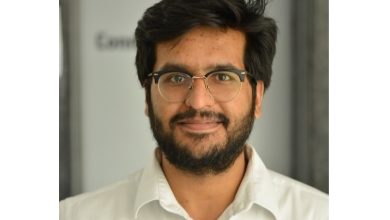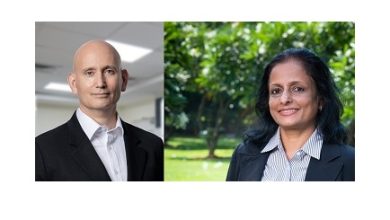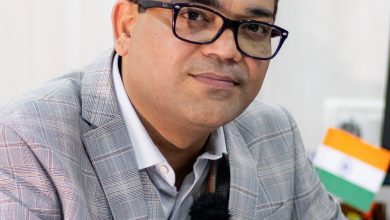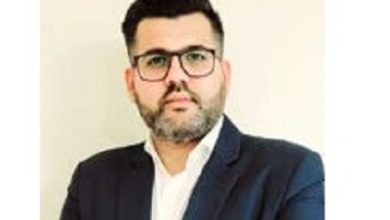Collagen matrix without cell remnants is a much desired product in correcting heart defects
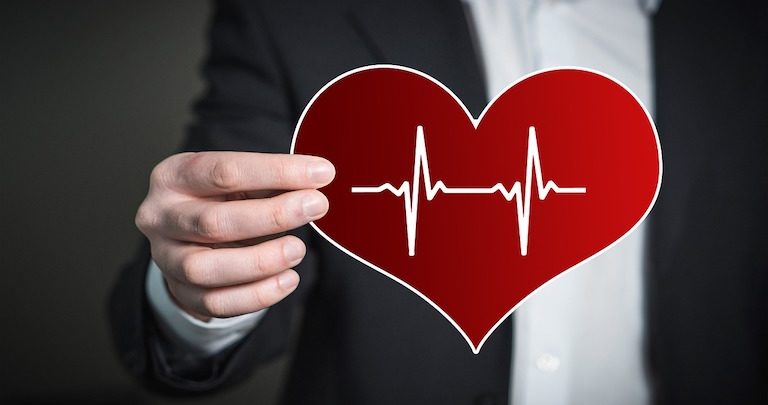
William Morris Leonard (Leon) Neethling is a well-known personality in cardio-vascular tissue engineering. Prof. Neethling’s experience is spread over 5 decades beginning in 1981 from University of Free State in Bloemfontein, South Africa where he started his career in adult cardiac surgery and later obtained his PhD in Cardiothoracic Surgery in 1984. He was the founder of the first human heart valve bank in South Africa in 1985. He trained in homograft cryopreservation at the National Heart Hospital in London under the guidance of Dr Donald Ross, the inventor of the Ross-procedure. From then on Prof Neethling has only strengthened his knowledge and experience in tissue engineering. Prof Neethling has authored thirty peer-reviewed publications and has presented 45 international conference presentations. Currently serving as Vice-President Cardiovascular Technologies of ADMEDUS Ltd and professor at School of Surgery at University of Western Australia, Prof Neethling has many awards and accolades to his name namely, Muller-Potgieter Medal (1994), Faculty of Health Science Award (1997 & 1998) as well as the Medical Scientist Association’s Medical Scientist of the Year Award (1997).
Recently he was in India to meet and dialogue with cardio-thoracic surgeons in India and spread awareness about the new tissue engineering platform and collagen scaffold. He sat down with M Neelam Kachhap to talk more about the same. Excerpts from the interview.
How has cardio-thoracic surgery changed over the years?
In the past five decade the discipline of cardio-thoracic surgery has seen huge changes and advancements. If we look at heart- lung machine technology for example, what we used earlier in the 80s and what we use today is a day and night difference. Every specific function of cardio-thoracic surgery has seen advancements that are benefiting the patients. With respect to heart valves, in those days we had the mechanical heart valves and this prosthesis improved enormously in the last 30-40 years in terms of the physiological dynamics of this prosthesis. Tissue heart-valves came in early-mid 80s and similarly a lot has changed here too especially the technology of improving the longevity of these prosthesis.
What do these developments mean for the patient? How has patient prognosis changed over the years?
Patient prognosis has improved a lot. The downfall of any mechanical heart, valve even though the valve can last forever is the anti-coagulation of the patients which is a high risk in many ways. So over the last 10-15 years the focus has shifted to tissue heart valves specifically with lower risk. The downfall of the tissue heart valve is that they calcify a lot and quickly in young patients. Now-a-days the sort of cut off point for the tissue heart valves varies between the ages of 50-60. Below 50-years patient they usually recommend a mechanical valve but if the patient is above 60-years tissue valve is recommended. In the older population the improved tissue heart valves give a life span of 10-15 years. The problem is we want to address heart valve disease in younger population as well. And therefore all sort of research basically is focused on improving tissue processing and tissue heart valves processing and that’s where our technology comes in where we have spent 30-35 years trying to improve the quality of the tissues that is being used in heart valves and that forms the basic platform technology that we have designed formulated and tested.

